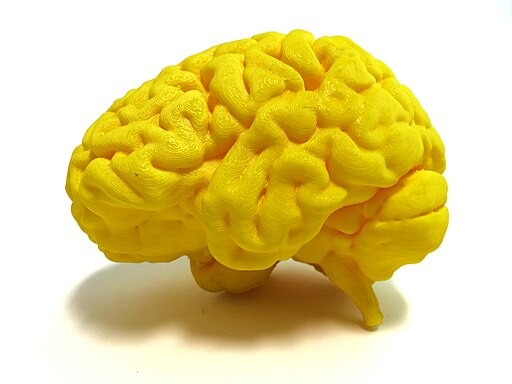A collaborative effort between Vienna University of Technology (TU Wien) and Medical University of Vienna (MedUni Vienna) has led to the development of the world's first 3D-printed brain phantom. These models have the potential to provide insights on neurodegenerative diseases such as multiple sclerosis, Parkinson's disease, and Alzheimer's disease.
Challenges in Using MRI
Magnetic resonance imaging (MRI) is a major diagnostic imaging technique for in vivo assessment of the brain. It is a very useful technique to observe the function and structure of the brian without using ionizing radiation.
Aside from anatomical and functional MRI, diffusion MRI (dMRI) is also widely used to examine tissue structure of the brain. This special variant of MRI enables determination of nerve fiber directions in the brain. However, it has been very challenging to accurately determine the direction of nerve fibers located at the crossing points of nerve fiber bundles, since nerve fibers with various directions tend to overlap.
Although diffusion tensor imaging is the most common approach for evaluating orientation measures, there is still a need for more sophisticated models. Because of this, validation of dMRI has been a challenging endeavor that requires specialized test samples.
3D-Printed Brain Phantom
Improving the test analysis and evaluation methods of brain imaging has been the goal of experts from TU Wien and MedUni Vienna. They came up with a 3D-printed brain modeled on the structure of brain fibers and was imaged using a special variant of dMRI. The details of their study are described in the paper "Toward Printing the Brain: A Microstructural Ground Truth Phantom for MRI".
In this joint project, scientists from MedUni Vienna served as MRI experts while those from TU Wien contributed as 3D printing experts. The latter has developed a two-photon polymerization printer in 2017 which has allowed upscaled printing. The outcomes of this research formed the basis for the brain phantom currently developed and supervised by TU Wien's Research and Transfer Support team.
Visually, the model does not have much to do with a real brain, since it is much smaller and has the shape of a cube. Inside the phantom brain are extremely fine, water-filled microchannels as small as the individual cranial nerves.
Two-photon polymerization was used as the 3D printing technique for imitating the fine network of nerve cells in the brain. Meanwhile, highly scaled 3D printing was used to create phantoms of a suitable size for dMRI. Study first author Michael Woletz compared this approach of improved dMRI diagnostic capabilities with the way a mobile phone camera works. The newly developed model allows adjustment of the analysis software in a much more precise way. It results in the improvement of the quality of the measured data and accurate reconstruction of the neural architecture of the brain.
After testing its effectiveness, the researchers found that the brain phantoms can be used to improve dMRI. This can greatly benefit the planning of operations and research into neurodegenerative diseases. Still, the project faces challenges like scaling up the imaging method and the long time it takes to print a cube which is only several cubic centimeters in size.
RELATED ARTICLE: Functional Human Brain Tissue Developed by 3D Printing for the First Time, Shows Potential for Modeling Neural Network Impairment
Check out more news and information on Brain in Science Times.















